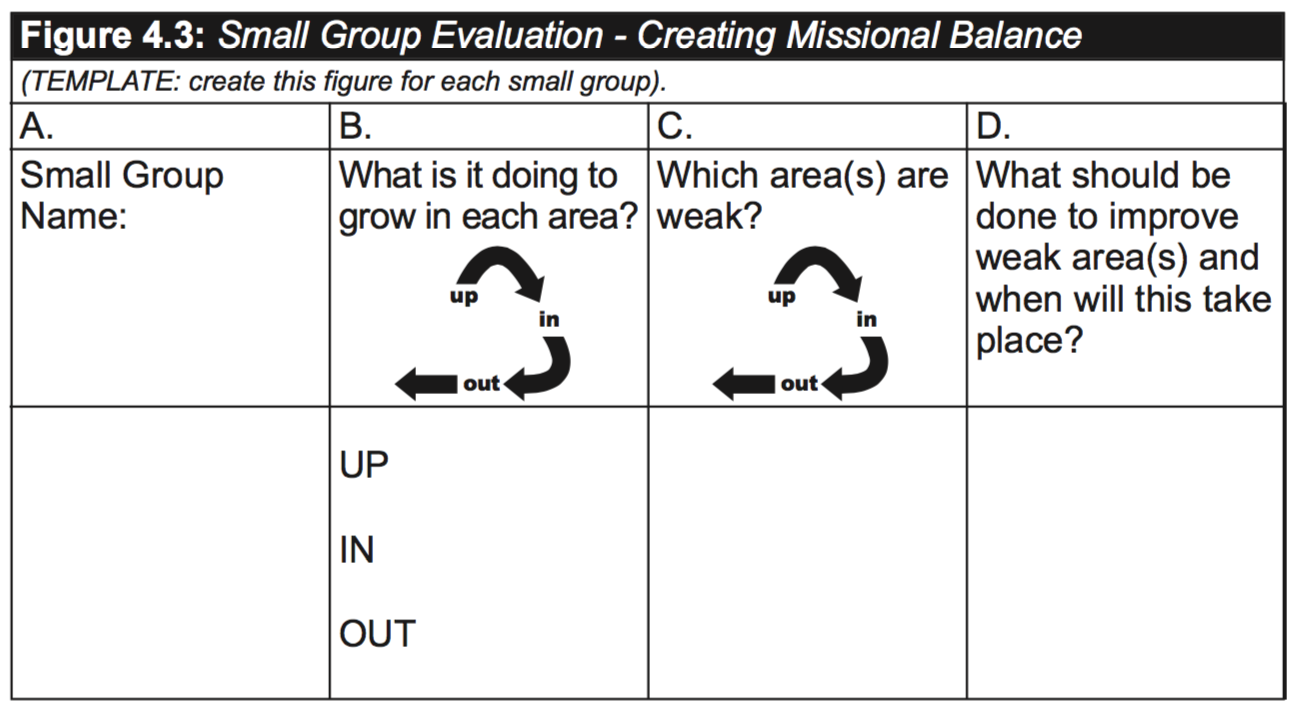What is this talk about missional?

The term missionalis a recent expression that describes a church where everyone is involved in reaching out to non-churchgoers in order to reconnect them to their loving heavenly Father. Some have found eight patterns of a missional church, stating that a missional church:4
1. Sees outreach to non-churchgoers as the responsibility of every person in the church (not just a committee or the staff).
2. Is based upon biblical principles.
3. Takes risks to help the needy.
4. Lives in a loving and forgiving way that points the community toward a relationship with God and personal conversion.
5. Worships in way that even non-churchgoers sense God’s presence.
6. depends on the Holy Spirit through prayer and anointing.
7. Points others toward reconnecting with a loving, heavenly Father, not toward people, buildings, or programs.
8. Works together in harmony, though with different duties.
These are missional patterns that almost any church would want to embrace. But many people first react negatively toward the missional term because it is new and they do not fully know its meaning. But the eight “patterns of missional faithfulness” are good behaviors to strive for. And so, the term missionalis helpful. I have defined it this way: “A missional church seeks to work together with the Holy Spirit to convey the Good News that our Heavenly Father wants to restore fellowship with his wayward offspring.”
Missionalizing Small Groups
A triangle can be a useful symbol to depict the three types of growth that every small group must experience if it is to fulfill the eight patterns.5 Thus, missional small groups must be:
Growing UP— This means a small group is growing in its connection to God through prayer, Bible study, and the prophetic ministry of mature leaders. The group is connecting upward to God, and he is responding with power, passion, and purpose.
Growing IN— This indicates a small group is serving existing Christians and growing closer together by praying for one another, encouraging one another, and meeting one another’s needs. Examples can include spiritually serving people inside the church (for example, praying for them) or administratively serving people inside the church (such as committee work).
Growing OUT— This reminds a small group that it must always be growing in its service to non-churchgoers.
 Figure 4.3 is a triangle with one leg leading outward. This variation reminds us that a healthy small group has three inter-reliant functions that operate concurrently and that this includes an outward focus too.
Figure 4.3 is a triangle with one leg leading outward. This variation reminds us that a healthy small group has three inter-reliant functions that operate concurrently and that this includes an outward focus too.
Up-In-Out Balance
The problem is that many of your small groups only focus on one or two of the arrows and not all three. The result is imbalance. For instance, church committees can spend an unbalanced amount of time on IN tasks such as committee work, administration, and organization directed toward meeting the needs of churchgoers. Such tasks are important if the administrative duties of the church are to be accomplished. Yet, all IN work without corresponding UP (heavenward) and OUT (serving oth- ers outside the church) work will result in a committee that is inward-looking, burned-out, and focused on only meeting the needs of those inside the congregation.
So the cure for the common church is to have its small groups equally growing in all three areas. To balance these three areas is what I call “missionalizing a small group,” or in other words, groups that understand their participation in God’s mission involves three duties:
- UP-ward connection
- IN-ward ministry
- OUT-ward service
Therefore, to missionalize your small groups and make them uncommonly healthy, you must analyze how well each group is addressing UP-IN-OUT. Then brainstorm improvements that can bring all three areas into balance. Use Figure 4.3 as an evaluation template. Make one for each small group.
To conduct your evaluation (Figure 4.3) of each small group, do the following:
1. Fill out Figure 4.3 for each small group.
2. Meet with the leaders of each group and ask for their input. Add this to Figure 4.3.
3. The small group leader and church leaders should agree on column D: “What should be done to improve weak area(s) and when will this take place?”
4. Use the mutually agreed upon Column D to check progress in 90 days.
Excerpted fromCure For The Common Church: God’s Plan to Restore Church Health,by Bob Whitesel (Wesleyan Publishing House 2012).
For further online notes: See Chapter 4 Complete Notes.
Bob Whitesel (D.Min., Ph.D.) is a foresight coach, professor, and award-winning author of 14 books. For over 30 years, he has guided leaders and churches to pivot and engage what’s next. He holds two earned doctorates from Fuller Theological Seminary and teaches on leadership foresight, church health, and organizational change. His website is www.ChurchForesight.com. Learn More » |
More on Church Leadership and Administration
- Responding to God’s activity in America (by Richard Blackaby)
- Video: A first step to an outward-focused church Is … (by Bob Whitesel)
- Taking church to where people already are (by Bob Whitesel)
- Eight essentials for guest-friendly church bulletins (by Thom Rainer)


